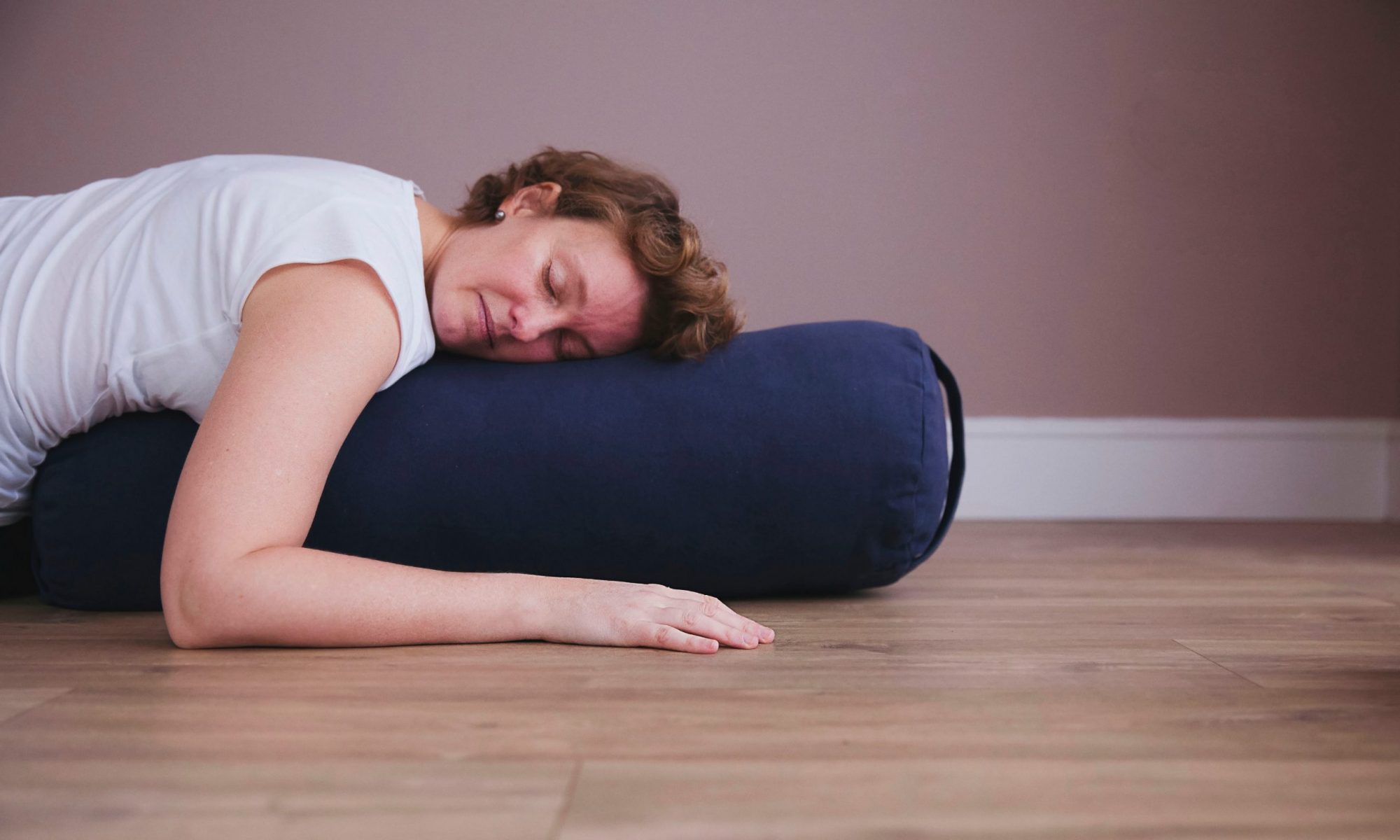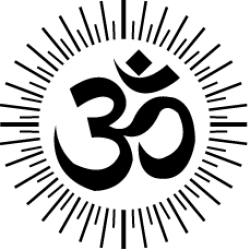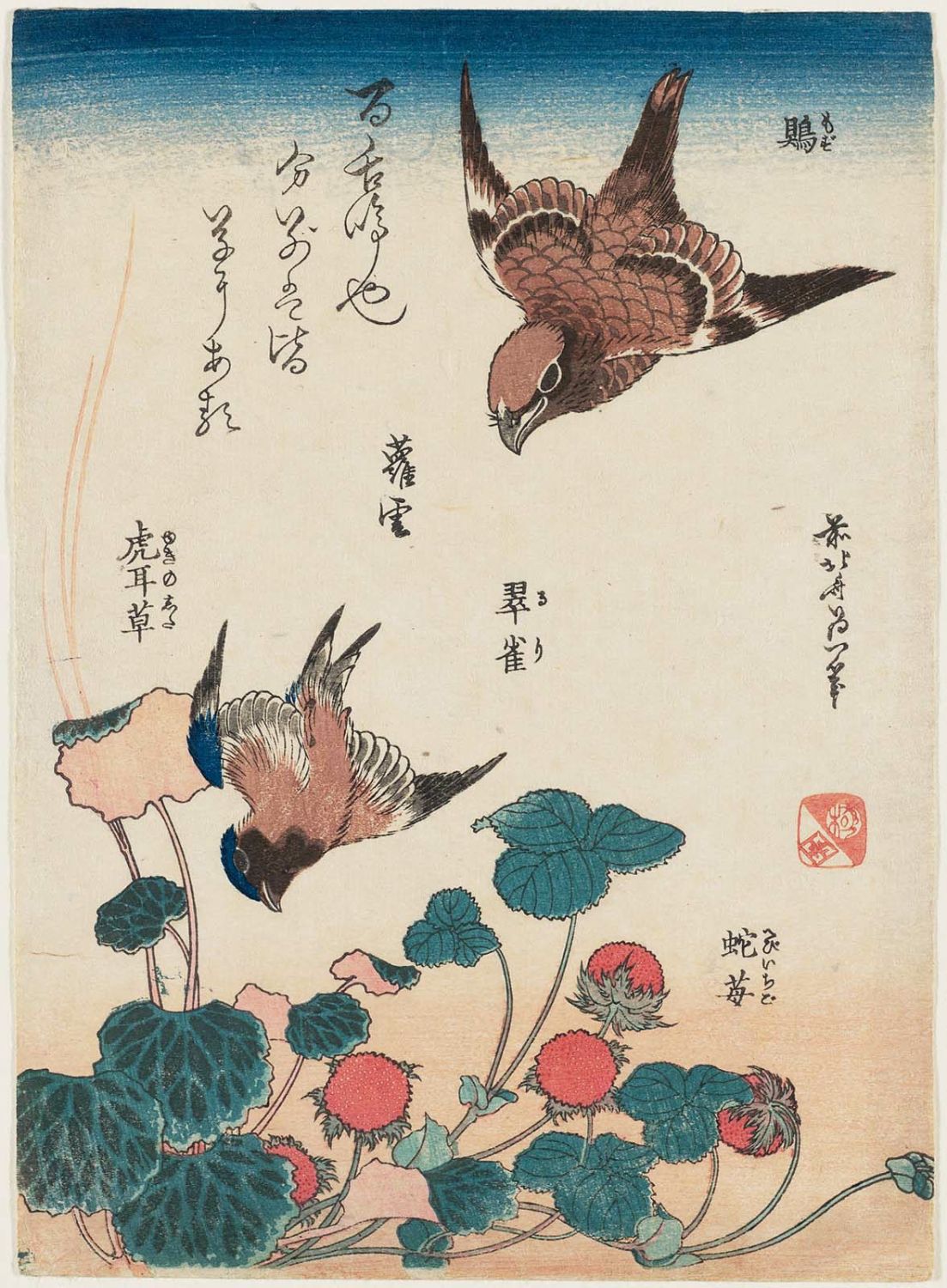I’ve written this in preparation for an advanced yin teacher training I’m doing with Norman Blair in June…
‘Practice’ is an interesting word. For me, it means:
- moving in this body
- being in this body
- living with this mind.
That’s how I’ve structured this piece of writing.
Moving in this body
Yin has undoubtedly had an impact on how I practice ashtanga yoga. Although I pretty much discovered both simultaneously, it’s been more recently that I have considered how one affects your attitude towards the other.
I’ve seen people so focused in their ashtanga practice. They throw absolutely everything at it. It’s an attack or an assault and there’s no ease. I used to be a bit like that but now I try and bring the yin to the yang. I try not the force the asana.
Michel Besnard taught me on my 500 hour training and his favourite phrase is “who cares”. Who cares if you don’t get your head to your shin in paschimotanasana. Who cares if you don’t jump through. A good mantra if ever I heard one.
So I think about how I can create space. I listen inwardly and there’s less striving.
As a result, there’s more connection to breath. It really feels like a moving meditation and I feel more. I certainly notice more. How does my lumbar and glute medius feel in supta kurmasana? Am I really engaging my adductors in navasana? What’s going on with the bandhas?
Moving slowly suits me. Given half the chance, I’d happily lie in bed all morning. I’m a naturally tamasic person. I find it more challenging to gee myself up to practice ashtanga at home. But yin? I’m there in a flash – sprawled out across the living room carpet – I need to be peeled off with a spatula.
Being in this body
I remember being at university one day and walking across campus only to be brought to a standstill by the sight of a huge flock of Canadian geese flying overhead in formation, above the spires of the neo-gothic buildings. The sky was bright blue and they stood out against the grey Yorkshire stone.
I looked at all the other students scurrying around me, anxious to get to their morning lectures on time. No-one else saw this natural beauty. The geese were so peaceful and elegant, quietly making their way to wherever they were heading. The encounter inspired me to create scribbles in my sketchbook.
At that point in my life I’d never even been to a yoga class, didn’t know what yin meant but that act of noticing the little things has always been in me. I was brought up with a father who made me look at the tiny flowers growing on dry stone walls on country walks and I’m pretty good at spotting a typo. I’m all about the details.
But at the same time, I’d say that I’ve lived my life quite detached from noticing the subtleties of this body and what’s going on inside.
In my twenties, I got terrible anxiety. I couldn’t eat in some social situations and I got really stressed about it. It became a self-fulfilling prophecy. I remember going to see a lady for some cognitive behavioural therapy. She said, “You’re going to do a yoga teacher training? Oh that’ll sort you out!” She was right. It was through yoga that I realised it was tension-related – where do I hold my tension? In my stomach. It made sense why I struggled to eat.
While the process of looking inward can be scary at times, I’ve learnt that it’s so beneficial. Being still in a yin practice facilitates this. You notice the sensations. It’s a practice you can take off the mat and into your everyday life.
I had a run-in with someone not too long ago and there were a few very tense phone conversations where I had to make it clear that I wasn’t a happy bunny. Every time I came off the phone I spent a few breaths noticing the impact on body – the tightening, the holding, the shortening of breath. I wouldn’t have thought to do that before I’d discovered yin or Martin Alyward.
Living with this mind
Yin has allowed me to reconnect with a meditation practice.
Having done my initial teacher training with Sivananda, I was given a mantra and for about six months after coming home from India, I’d religiously get up early, silently chant my mantra for 20 minutes and then get on with my day. And then winter crept in, I got busy at work and the Sanskrit went out of the window.
Ryan Spielman introduced me to the teachings of meditation teacher Martin Alyward and I began doing my yin practice at home listening to his podcasts. So much of his teachings resonated. They applied to a yin practice and to life in general.
I began a sitting practice again and went on a five-day silent retreat to Gaia House with Martin last October. Since then, I’ve made time to sit during the week. For me, it feels right to spend this time noticing my breath – its nuances – and noticing sensations. I notice how distracted my mind is – and that’s ok. An insight meditation practice does exactly that: it provides insight. I notice what is instead of filling my mind with something else like a mantra.
My mind now appreciates the quiet. My boyfriend Rob likes listening to BBC Radio 5 Live and it’s a lot of talking. I struggle to have a conversation with him if it’s on in the background. I like eating in silence and enjoying the taste of food. I like listening to birdsong and watching the squirrels.
Yin has taught me about acceptance – again, the softening around the striving – accepting situations and people as they are, not willing them to be different. Of course, it’s a work in progress.
Martin talks about how we’re so fixated on ‘letting go’ and that it’s an overused phrase in today’s yoga and spiritual industry. He says we should focus instead on ‘unclinging’. I like this. There’s the unclinging and softening in yin poses and then how this translates into the everyday.
I’ve been a cling-on. In the past I think I’ve verged on the control freak end of the spectrum. My organisational skills have been praised in past jobs and I’ve taken pride in being on-the-ball. I’ve tried to find the ideal man that ticked all the boxes. But since practicing yin and finding this softening, I’ve been able to open up – physically and mentally.
I’ve relaxed my tick box exercise and now I’m engaged to be married. Would I have dismissed Rob in the past due to his love of football and for having never stepped foot on a yoga mat? Probably. But now I’m able to see deeper and recognise his wonderful goodness.
Recently I met with a friend of a friend who was considering resigning from her safe, well-paid but boring job to try freelancing. She was full of ‘what ifs’: What if I don’t get any work? What if I’m no good at it? I was talking to a mirror. I was looking at me from a few years’ ago.
I talked to her about fear. I told her that she had good skills and experience. If freelancing doesn’t work for her, she can get a job doing something, anything. Fear can paralyse us. I wouldn’t know this stuff if I hadn’t practiced yin and worked on unclinging.
I could go on talking about the way yin has had an impact on my life, but I’ll stop now. Suffice to say, it’s all about the noticing. I’m much happier as a result. And for this I’m truly grateful.
I’ll leave you with Roger Keyes’ poem about the wonderful Japanese artist, Hokusai:
Hokusai says look carefully.
He says pay attention, notice.
He says keep looking, stay curious.
He says there is no end to seeing…
He says everything is alive –
Shells, buildings, people, fish
Mountains, trees. Wood is alive.
Water is alive.
Everything has its own life.
Everything lives inside us.
He says live with the world inside you…
It matters that you care.
It matters that you feel.
It matters that you notice.
It matters that life lives through you…
Look, feel, let life take you by the hand.
Let life live through you.
How has yin yoga influenced your practice? I’d love to know. Feel free to leave your thoughts below.



Awesome article! Thanks for your insights into Yin. I will share some of these thoughts in my Yin class
Thank you Carol.
Clare – as always your words resonate so deeply and at the perfect time. I’m considering one of Norman’s week intensives and was only looking last night at the timetable….
I love the deep power of yin yoga and feel the call to explore it deeper.
Much love xx
Sending love to you too Niki. xx